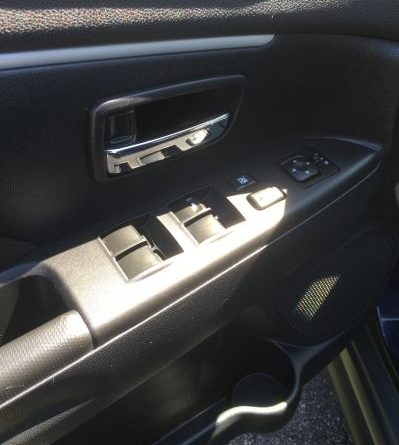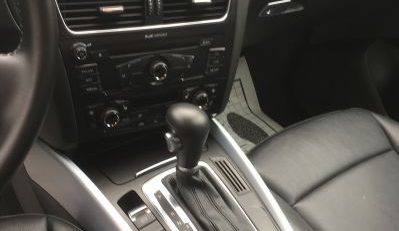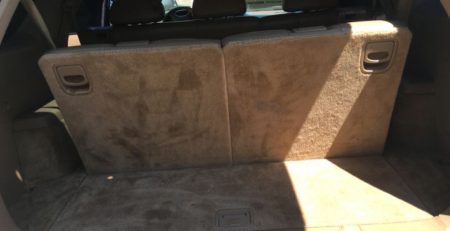How to Get Rid of Scratches in Your Car’s Paint
A Scratch in Time Can Save Dime
Picture this: it was a beautiful summer day, and I was eager to take my beloved ’69 Ford Mustang for a spin. As I approached, a glint of sunlight caught something amiss. My heart sank as I noticed a hideous scratch across the hood. The culprit? An adventurous neighborhood cat with a penchant for climbing.
After a moment of despair, I realized this was an opportunity to utilize my car detailing skills and save some money on professional repairs. With that in mind, let’s dive into the world of DIY car paint scratch repair.
Decoding the Scratches on Your Car’s Paint
Before you whip out your toolbox, it’s essential to understand that not all car paint scratches are created equal. They vary in terms of depth and severity, affecting different layers of your car’s paintwork.
The surface layer, or the clear coat, is usually the victim of light scratches. These are often caused by misguided car wash brushes, rogue shopping carts, or even that pesky neighborhood cat. Deeper scratches, however, can penetrate the color coat or the primer layer underneath, leading to more noticeable damage.
Inventory for Your DIY Scratch Removal Quest
With car scratch remover and some simple tools, you can tackle most scratches at home. Here’s a list of essential items you’ll need:
- Car scratch remover compound
- Sanding paper (2000-grit and 3000-grit)
- Microfiber cloth
- Soap and water
- Touch-up paint (for deeper scratches)
You can find these items in most automotive stores or online platforms. However, while hunting for the best deals, don’t compromise on quality. Cheap, low-quality products can do more harm than good to your car’s paintwork.
When working with these tools, remember to take safety precautions. Always wear gloves and protective eyewear, and work in a well-ventilated area to avoid inhaling any harmful particles.
Scratch Removal: Step-by-Step Guide
Now, let’s get to the fun part: removing those unsightly scratches! Here’s a simple, step-by-step guide to help you smooth things out.
- Clean the area: Before you start, clean the scratched area with soap and water to remove any debris or dirt. Dry it thoroughly with a microfiber cloth.
- Sand the scratch: If the scratch is deep enough to catch your fingernail, it’s time to break out the sandpaper. Wet the 2000-grit sandpaper and gently sand the scratch until it’s less noticeable. Be careful not to sand too much and expose the primer layer.
- Apply the compound: After sanding, apply the car scratch remover compound to the area. Rub it in with a microfiber cloth using circular motions. This step should help remove the scratch or make it less noticeable.
- Buff and polish: Once the compound is dry, buff the area with the 3000-grit sandpaper. Follow up with a ceramic coating or a paint protection film (PPF) to give your car’s paint that extra layer of protection.
There you have it, fellow car enthusiasts! A DIY guide on how to get rid of scratches in your car’s paint. Remember, practice makes perfect. So, don’t be discouraged if your first attempt doesn’t yield showroom results. With time, patience, and the right tools, you’ll be a scratch-removing whiz in no time!
How to Identify the Severity of the Scratch
Scratches on your car can range from minor surface blemishes to deep gouges that penetrate the paint and even the metal underneath. Knowing how to evaluate the depth of the scratch is key in determining the best course of action.
Evaluating the Depth of the Scratch
Run your fingernail over the scratch. If it catches, the scratch is likely deep and may require more intense repair. Surface scratches that don’t catch your nail are typically less severe. Use a good light to observe the scratch from different angles, as this can also help determine its depth.
Deciding If Self-Repair Is Possible
Surface scratches are typically suitable for DIY repair. However, deeper scratches that penetrate the clear coat or paint layer may be more complex to repair and could require professional help. If you’re not sure, it’s always best to consult with a professional to avoid further damage to your vehicle.
Step-by-Step Guide on How to Get Rid of Paint Scratches from Your Car
Here’s a detailed guide on how to get rid of those annoying paint scratches from your car.
Cleaning the Scratched Area
Begin by cleaning the scratched area with a soft cloth and mild car soap. This removes dirt and debris that could further scratch your car during the repair process. Rinely thoroughly and dry with a clean cloth.
Applying Scratch Remover
Apply a car scratch remover or rubbing compound to a soft cloth or buffing pad. Rub the product into the scratch using a circular motion. Wipe away the excess product with a clean cloth.
Polishing the Area
After applying the scratch remover, polish the area to restore shine. Use a car polish and a clean cloth or buffing pad, applying in a circular motion. Wipe away any excess polish and buff the area until it shines.
Additional Tips for a Better Finish
For the best results, work in a cool, shaded area to prevent the product from drying out too quickly. Also, work in small sections to ensure the product is thoroughly worked into the scratch.
When to Seek Professional Help
While small scratches can often be fixed at home, there are times when professional help is necessary.
Signs That Indicate You Need a Professional
If the scratch is deep enough to expose bare metal or if you can see rust forming, it’s time to bring in a professional. Additionally, if the scratch is in an awkward location or if the damaged area is too large to handle at home, professional help may be needed.
Factors to Consider When Choosing a Service
When choosing a professional service, consider their reputation, the cost of the service, and the turnaround time. It’s also worth considering if they offer any warranties or guarantees on their work.
Maintaining Your Car’s Paint After Scratch Removal
After you’ve removed the scratches from your car, it’s crucial to maintain the paint to prevent future scratches and keep your car looking its best.
Regular Cleaning Tips
Regularly wash your car with a mild car soap and soft cloth to remove dirt and debris that could cause scratches. Dry your car with a microfiber cloth to prevent water spots.
Products that Prevent More Scratches
Consider using a car wax or paint sealant after washing your car. These products create a protective barrier on the paint that can help prevent future scratches.
Importance of Proper Maintenance
Proper maintenance not only keeps your car looking great but also helps maintain its value. Regular cleaning and the use of protective products can help prevent scratches and other damage to your car’s paint.










